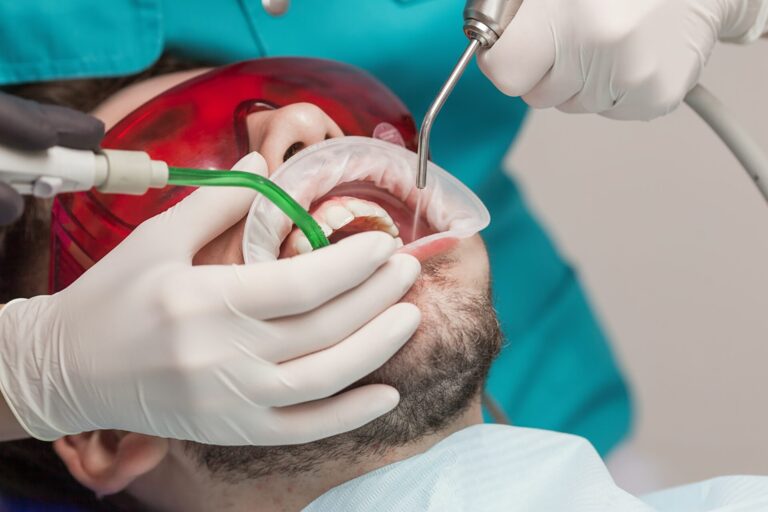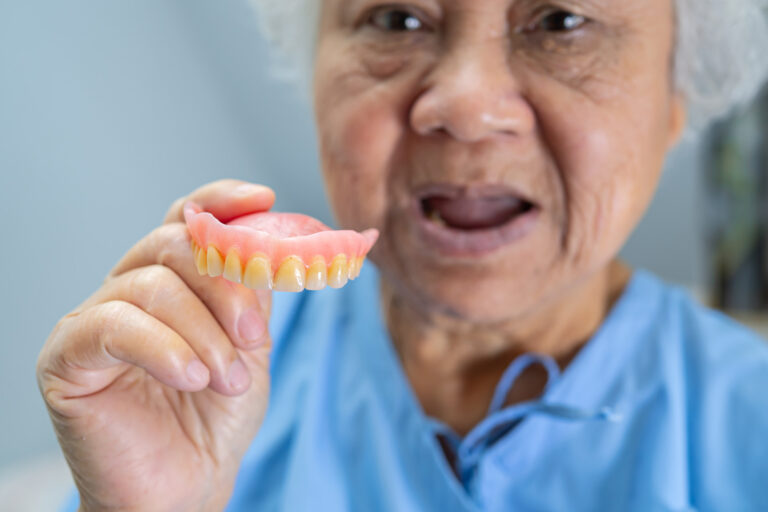What Is Composite Bonding?
Composite bonding is a minimally invasive procedure in cosmetic dentistry where a tooth coloured material is applied to the tooth to enhance its appearance and function. It is used to fix chips, gaps and discolouration, and change the tooth shape and colour.
Composite bonding for teeth is a comfortable and straightforward process. The resin is applied directly to your teeth, blending in with natural enamel and providing immediate results without the need for extensive drilling, tooth removal or anaesthesia.
Patients choose composite bonds for teeth because they’re cost-effective and can be completed in a single dental visit. It’s also reversible, making it a great option for those who want a cosmetic enhancement without the long-term commitment of veneers or crowns. In Singapore, composite bonding has become increasingly popular among adults seeking a subtle yet impactful enhancement to their smile.
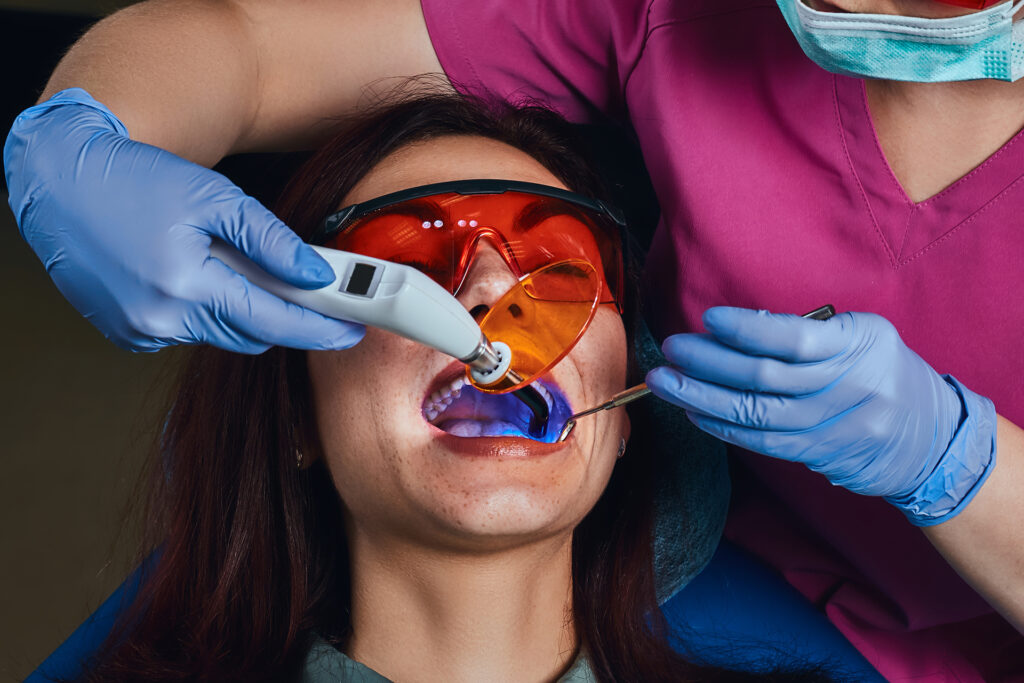
What Composite Bonding Involves
Composite bonding starts with selecting a shade of resin that matches your natural teeth. After cleaning the tooth surface, your dentist will roughen the area with an etching solution to help the material adhere to the tooth. A bonding agent is applied, and then layers of resin material are added to your tooth.
The whole process is painless, and often no anaesthetic is needed. It’s suitable for minor cosmetic issues such as chips, surface cracks, small gaps between teeth, and discoloured or irregularly shaped teeth. Composite bonding is also suitable for lengthening short teeth or improving the overall symmetry of your smile.

Key Benefits of Composite Bonding
One of the biggest advantages of composite bonding is that it preserves your natural tooth structure. Unlike crowns and veneers, composite bonding requires little to no drilling. It’s reversible, giving you peace of mind if you’re hesitant about permanent changes.
The results of composite bonding are immediate. You walk out of the clinic with a better smile. Because the resin is sculpted chairside, there is no need to wait for lab-fabricated restorations. In most cases, composite bonding of teeth can be completed during a single visit. We offer a range of bonding services at TEETH @ Tiong Bahru to cater to individual needs, whether you need minor repairs or a full smile makeover.
Maintenance is also easy. Maintaining good oral hygiene and scheduling regular dental visits will help your composite bonds last for several years. You can be assured that your results will be durable and your satisfaction will be our priority. If damage occurs, repairs are easy and usually don’t require a complete redo of the composite bonding restoration.
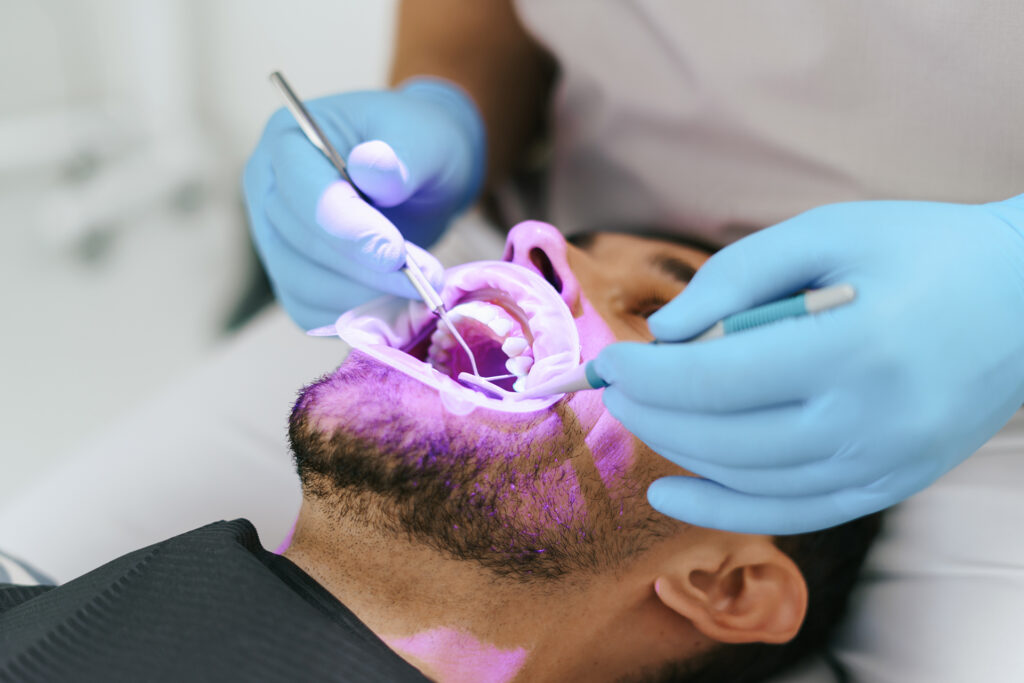
Composite Bonding vs Composite Veneers
While both composite bonding and composite veneers use the same resin material, they differ in application and purpose.
Composite bonding is suitable for small chips, gaps or isolated discolouration. It’s for minor modifications and is applied directly to the existing tooth structure.
Composite veneers are used when a complete cosmetic transformation is needed. Composite veneers cover the entire front surface of the tooth, similar to porcelain veneers, and provide a more uniform and extensive enhancement.
Choosing between bonding and veneers depends on your aesthetic goals, budget and the condition of your teeth. If you want a complete smile makeover, composite veneers may be the ideal solution. However, if you want to correct a minor flaw or subtly enhance your natural smile, composite bonding may be all you need.

Step-by-Step Bonding Procedure
The composite bonding process starts with a consultation and dental exam. Your dentist will assess the areas of concern and discuss what can be achieved.
To start, the tooth, or teeth, to be treated are thoroughly cleaned. An etching gel is applied to slightly roughen the enamel. This allows for better adhesion of the bonding agent, which is applied next. The dentist then applies the tooth-coloured resin material to your tooth in small increments. Each layer is shaped and moulded to fit the natural contours of your tooth. A blue light is used to ‘cure’ or harden each layer.
After the final shape is achieved and cured, the bonded tooth is polished to blend with the surrounding enamel. The process is generally painless and quick, taking 30 to 60 minutes per tooth. Proper aftercare is crucial for maintaining the results of bonding and the longevity of the resin.
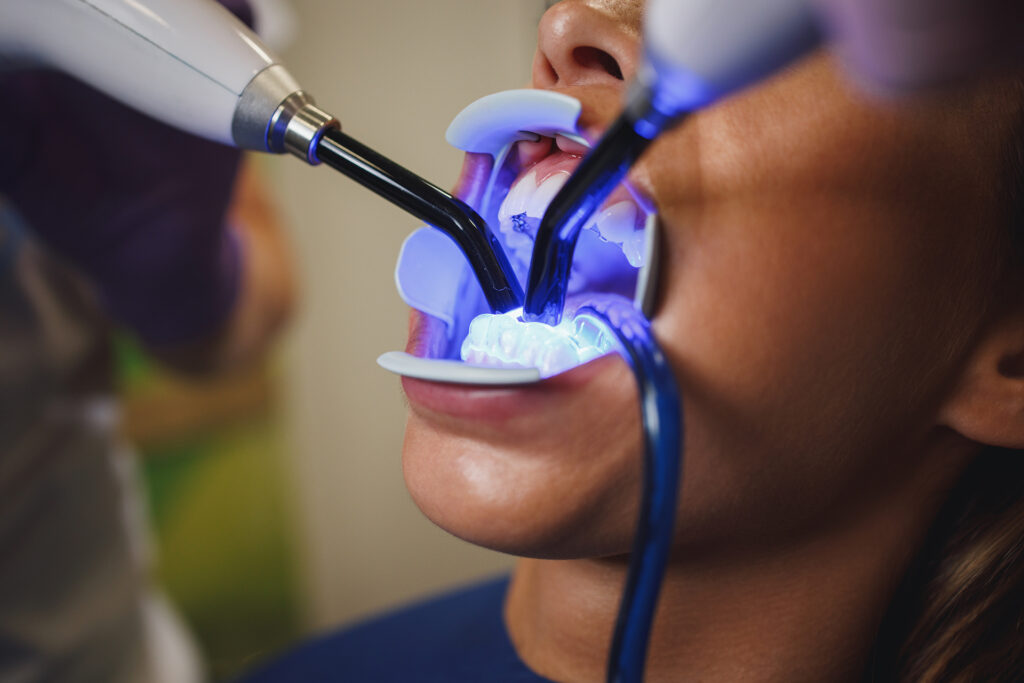
Composite Bonding Materials
The main material used in composite bonding is tooth-coloured composite resin. This is a blend of plastic and fine glass particles, offering a balance of strength and aesthetics. It’s strong enough to withstand daily biting forces yet flexible enough to adapt to the natural movement of your teeth.
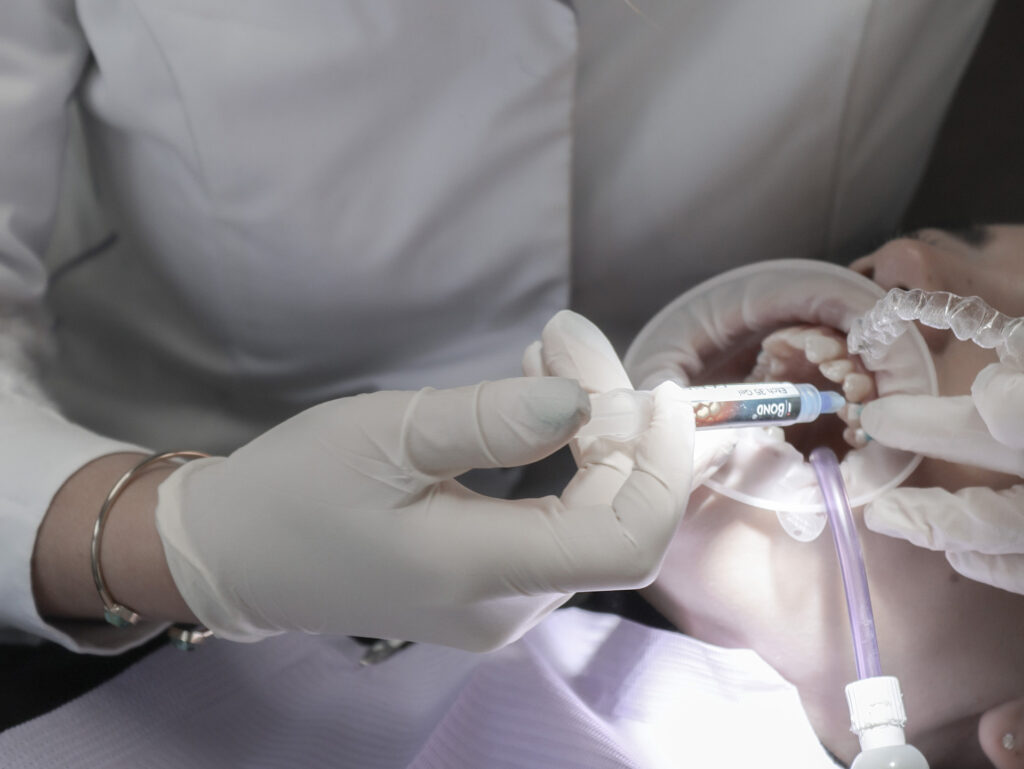
Preparation for Composite Bonding
Before undergoing the composite bonding procedure, preparation is crucial for achieving optimal results. The dentist will start with a comprehensive examination of your teeth, assessing their condition and discussing your specific concerns and goals. This initial consultation may include taking measurements and photographs to plan the most effective treatment approach. The dentist will explain the bonding process in detail, including the use of composite resin and what you can expect in terms of results.
Good oral hygiene is important before composite bonding. The dentist may recommend a professional cleaning to remove any plaque or tartar that could interfere with the bonding process. By preparing well, both you and your dentist can ensure the bonding procedure delivers a beautiful, long-lasting smile.
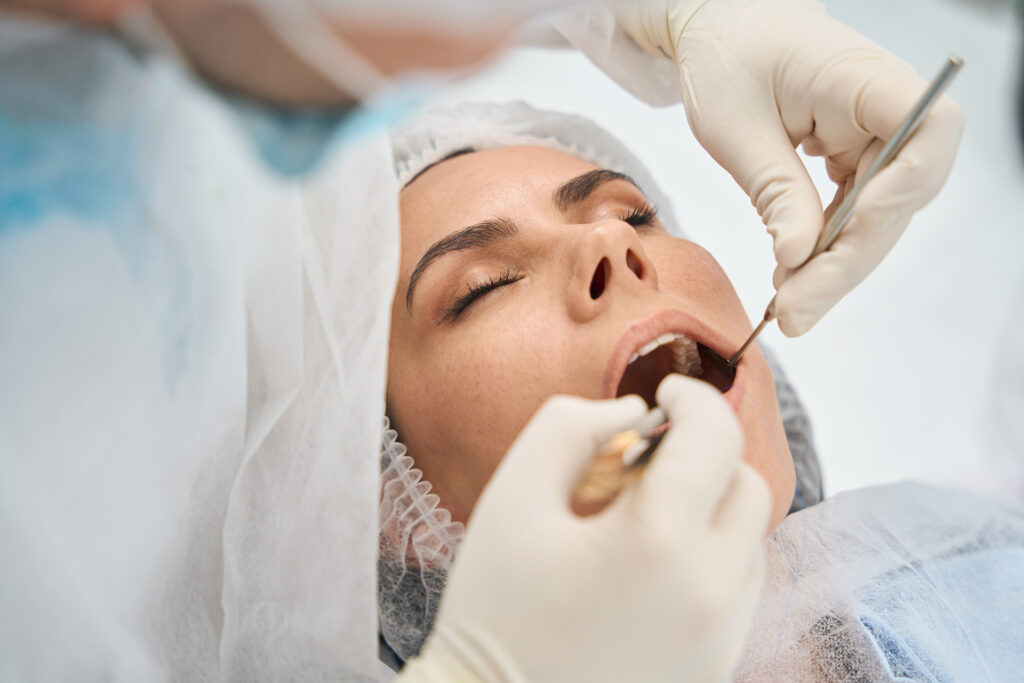
Composite Bonding for Gaps and Minor Imperfections
One of the most common uses of composite bonding is to close small gaps between teeth, especially the front two teeth. Known as diastemas, these spaces can affect smile aesthetics but are not medically concerning. Composite bonding for gaps is a conservative approach to bring teeth together without the need for orthodontic treatment.
Besides gaps, composite bonds can also reshape irregular teeth, mask discolouration that doesn’t respond to whitening, or repair minor fractures. These applications are ideal for patients seeking fast, visible results without a long-term commitment.
The subtle changes made with composite bonding can significantly enhance your confidence. It’s a versatile technique that combines cosmetic and restorative goals.

Composite Bonding for Damaged Teeth
Composite bonding is a great solution for damaged teeth, such as those with chips, cracks or discolouration. This can be used to improve one tooth or multiple teeth, depending on your needs.
Unlike more invasive treatments like fillings or porcelain veneers, composite bonding is a minimally invasive option that can be completed in a single visit. It’s ideal for those seeking to improve their teeth quickly and efficiently.
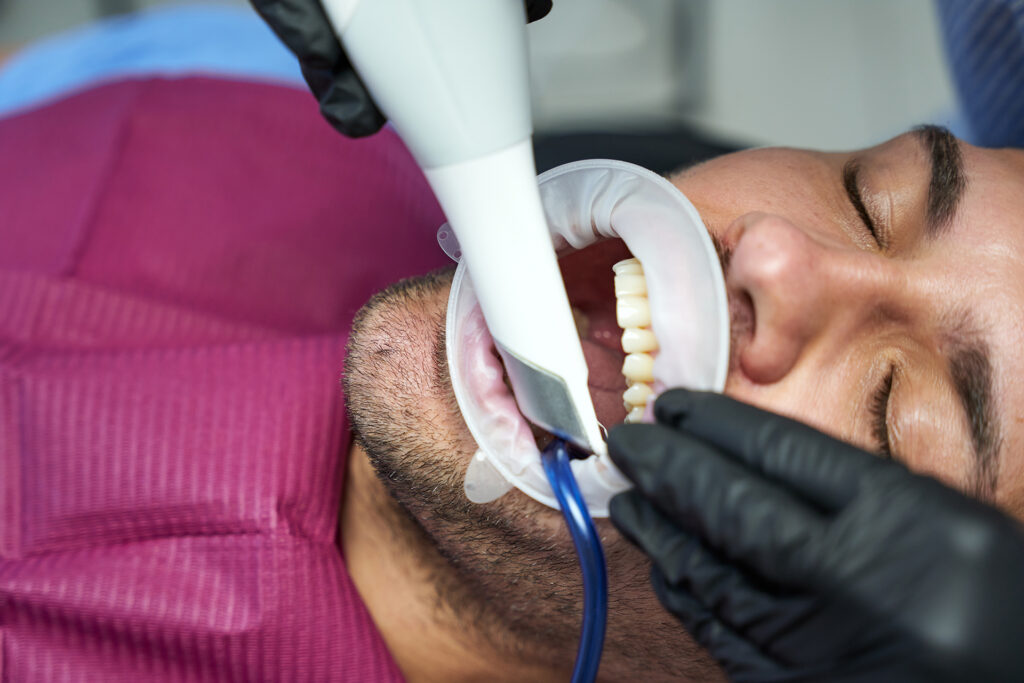
Composite Bonding and Tooth Structure
One of the best things about composite bonding is that it preserves the natural structure of your teeth. Unlike crowns or veneers, which often require removal of a significant amount of enamel, composite bonding is a conservative procedure.
The integrity of the tooth is maintained, reducing the risk of further damage or complications. By preserving as much of the natural tooth structure as possible, composite bonding supports the long-term health and stability of your teeth.
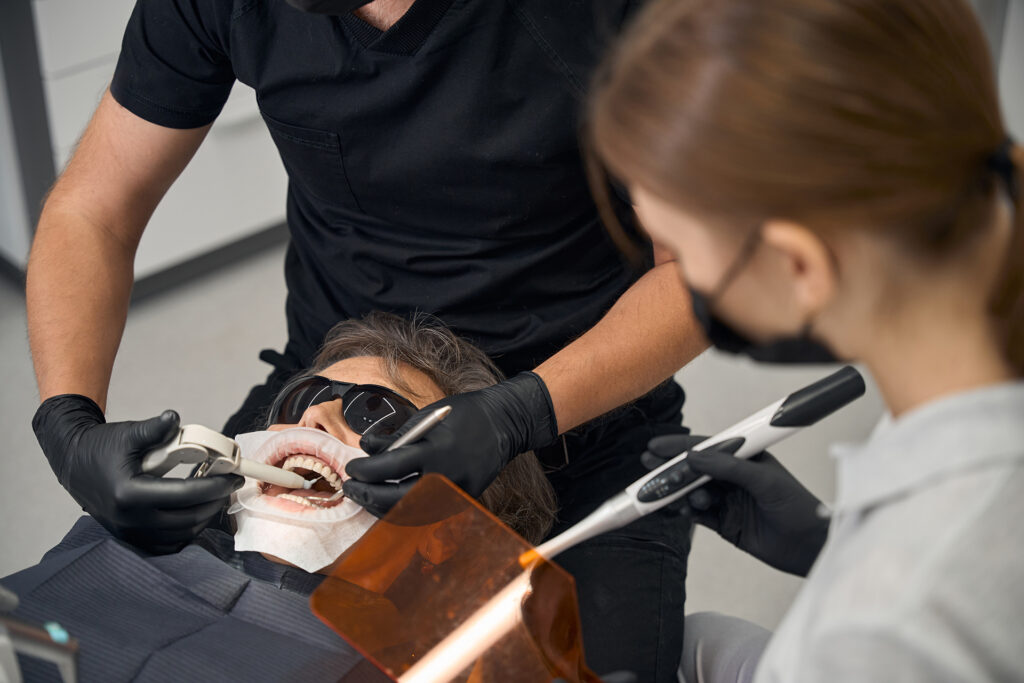
Composite Bonding and Orthodontic Treatment
Composite bonding can be used in conjunction with orthodontic treatment to refine the shape of your teeth. After undergoing orthodontic treatment, such as braces, you may notice minor imperfections, including small gaps or uneven edges. Composite bonding can be used to address these issues, resulting in a more uniform and aesthetically pleasing smile. Our dentist will work with you to develop a personalised treatment plan that combines the benefits of orthodontic treatment with the precision of composite bonding. This way, your smile will function well and look its best.
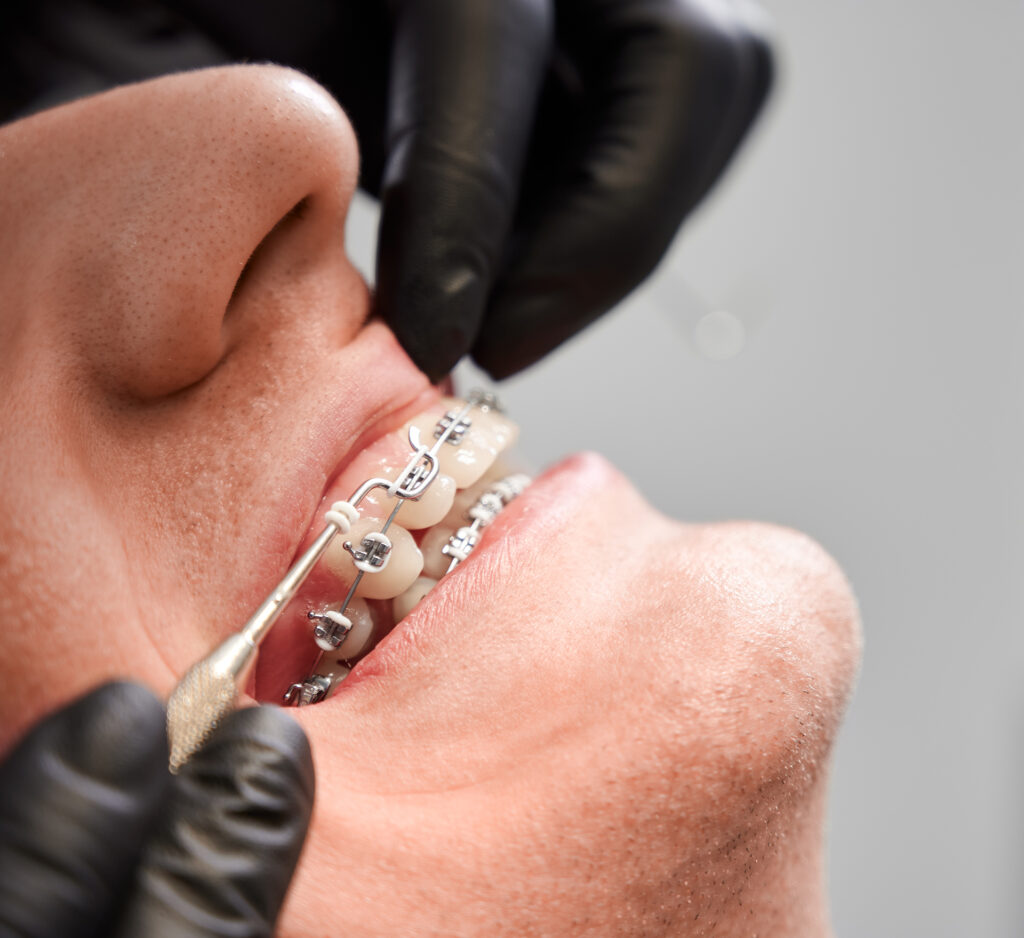
Composite Bonding Teeth Price in Singapore
The cost of composite bonding in Singapore varies depending on the number of teeth being treated, the complexity of the case and the dentist. Generally, the price of composite bonding teeth in Singapore ranges from $300 to $700 per tooth.
While composite bonding is more affordable than porcelain veneers or crowns, it’s essential to consider factors such as the dentist’s expertise, the quality of materials used, and whether the clinic offers follow-up care or touch-ups as part of the package.
Some dental insurance plans may cover part or all of the cost of composite bonding, especially if the procedure is medically necessary. It’s best to check with your insurance provider to determine your coverage.

Is Composite Bonding For You?
Composite bonding has become one of the most patient-friendly cosmetic treatments in dentistry, whether you’re preparing for a special event, want to boost your confidence, or want a cosmetic refresh without extensive dental work. It’s quick, affordable and has instant results. Whether you have a chipped tooth, minor gaps or uneven edges, composite bonding improves both appearance and function without removing healthy tooth structure.
Composite bonding’s reversibility, minimal discomfort, and customisability make it an option for many patients who want to enhance their smile with minimal disruption to their daily lives. If you’ve been thinking of a cosmetic treatment and want to try a safe and effective one, composite bonding might be the answer for you.
At TEETH @ Tiong Bahru, our dentists tailor every treatment to your dental goals and facial aesthetics. Book an appointment today to discover how composite bonding in Singapore can help you achieve the confident, natural smile you’ve always desired.


